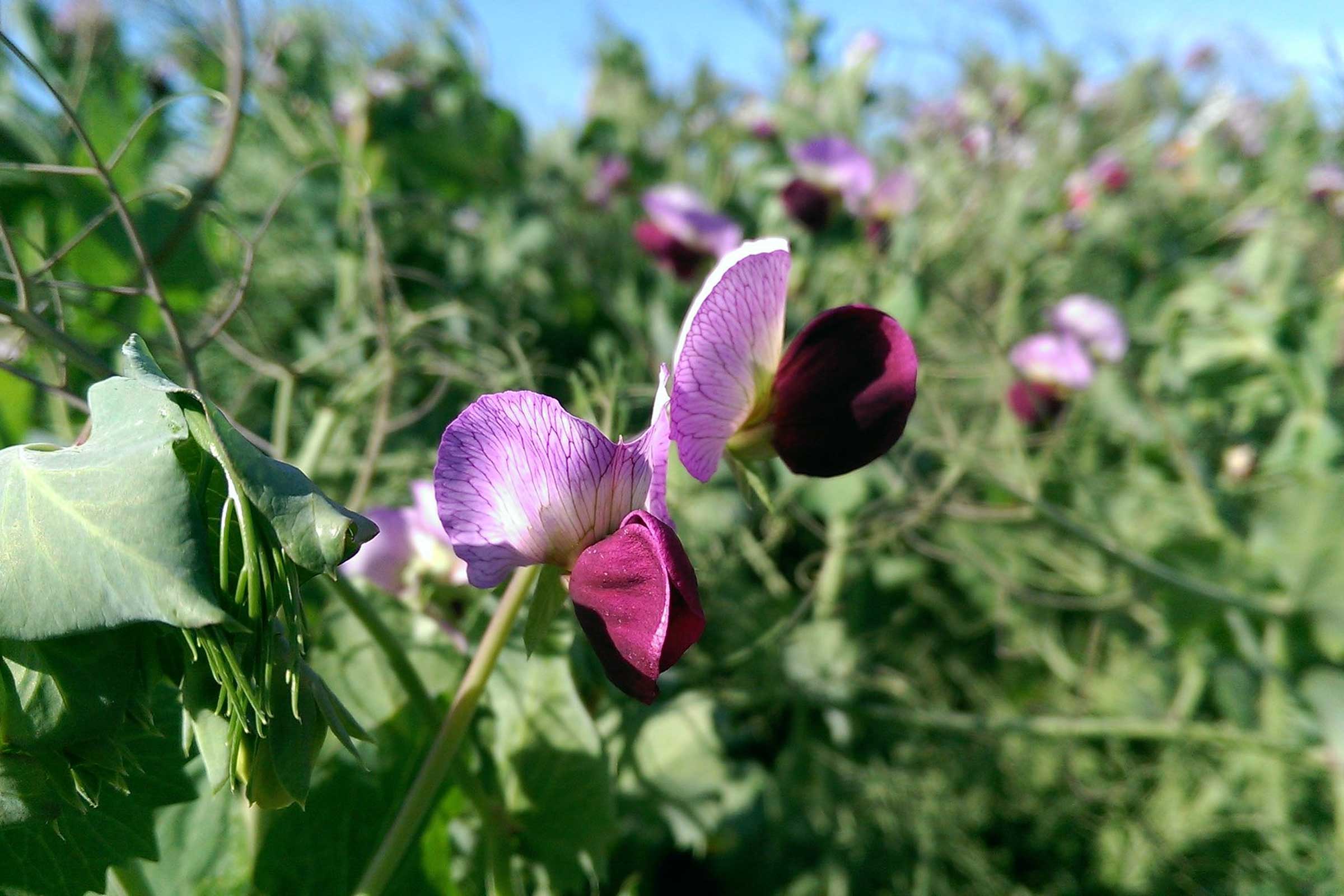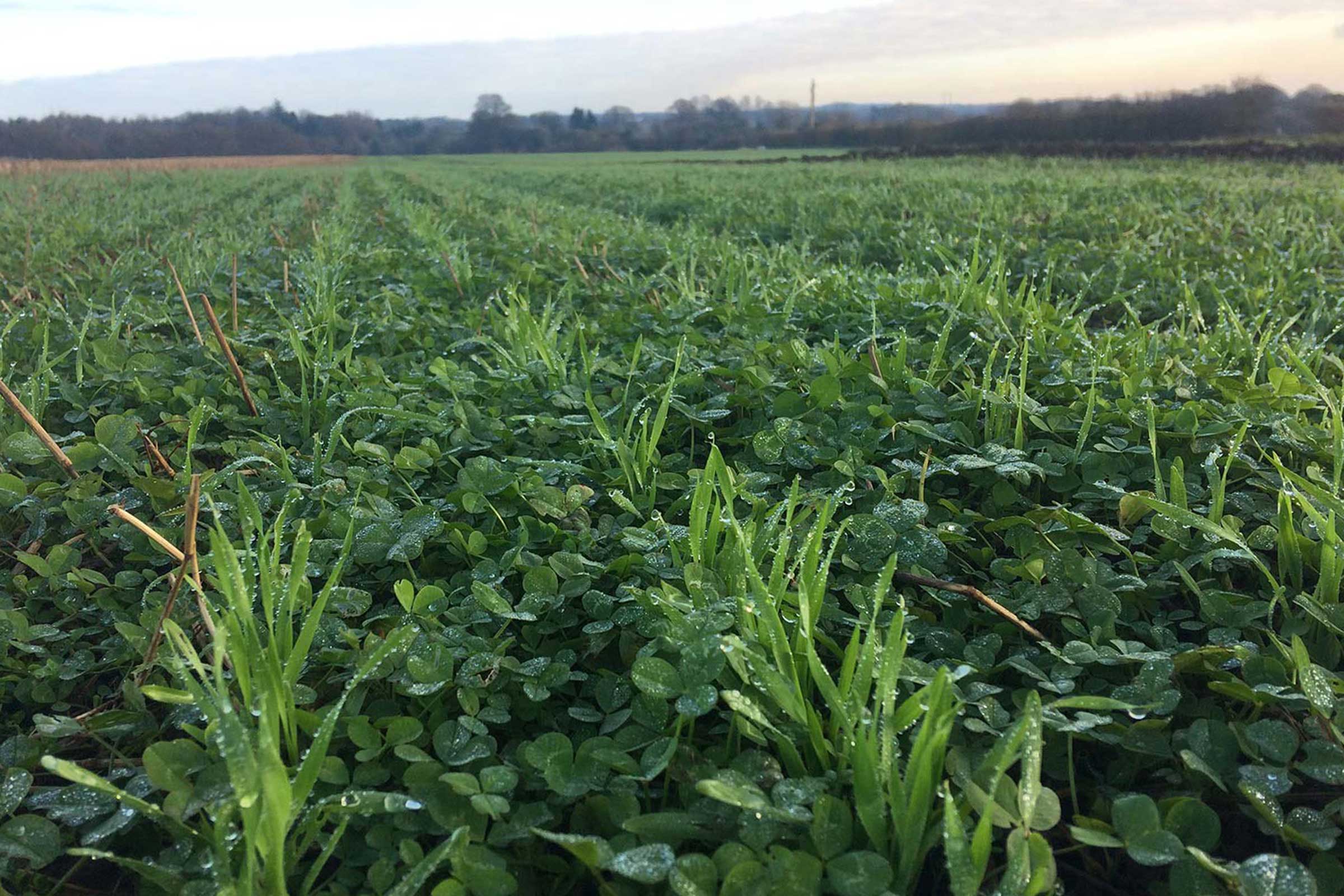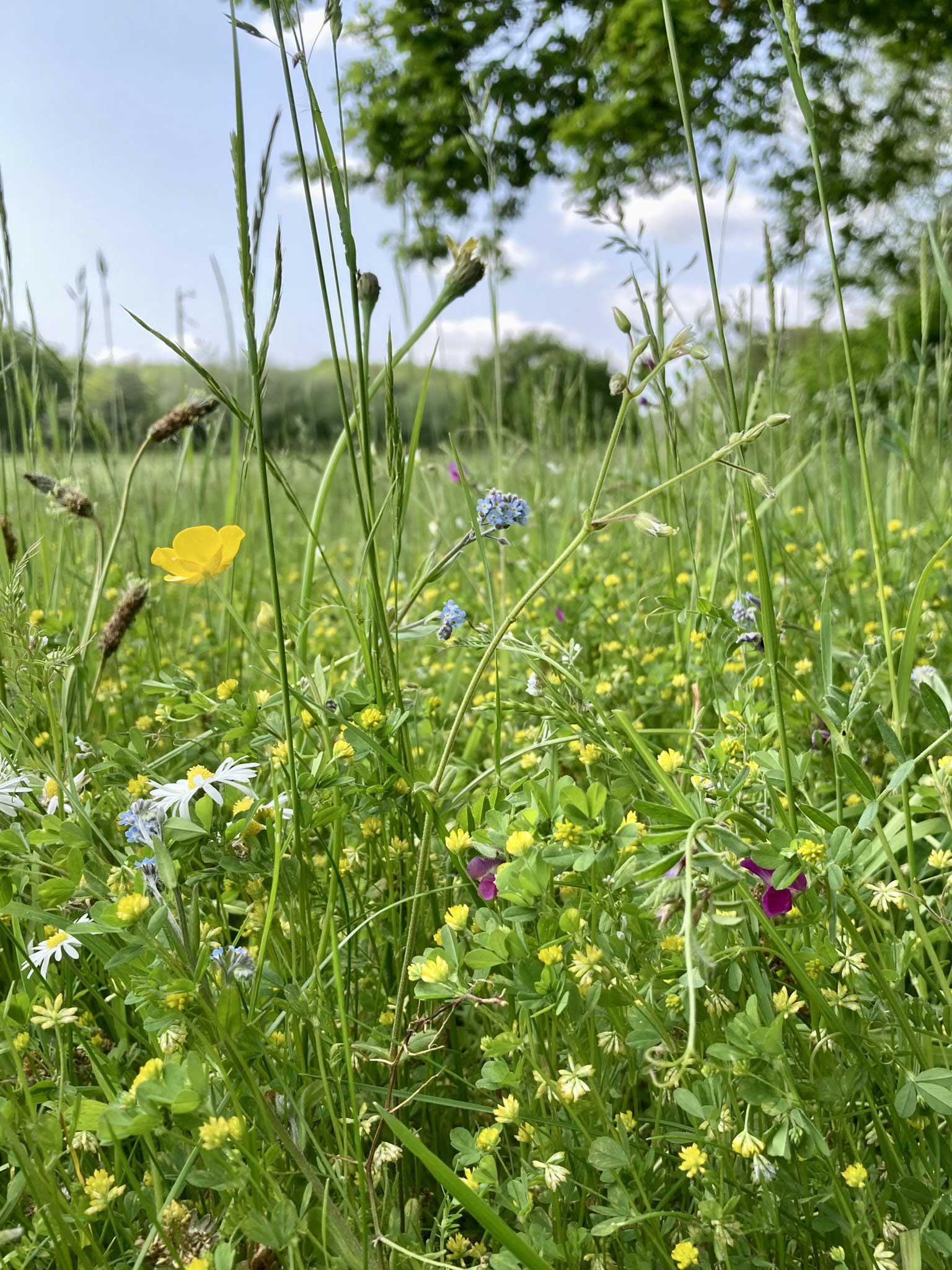- Shop
- Recipes
- About
- Sign in
-
Shop
-
Recipes
-
About
by Amy Elysia May 28, 2023
Britain's biodiversity has been in decline since the arrival of the first mesolithic farmer around 7,000 years ago saw the clearing and cultivation of native woodland and grasslands.
This decline accelerated through successive agricultural and industrial revolutions to the point where the UK is among the most nature-depleted countries in Europe with only half of its natural biodiversity remaining. Over the last 50 years, 41% of UK species have declined under pressure from agriculture, urbanisation, pollution and climate change.
With 72% of UK land managed for agriculture, farming as a key role to play in protecting and even restoring biodiversity. More farms are showing how this can be done both within and around productive land.
The organic fields at Green Acres Farm in Shropshire are filled with diversity, both agrobiodiversity in the species, varieties and populations of crops, and wider biodiversity from healthy soil microbia to a flourishing range of plant, insect, animal and bird species.
Mark and Liz Lea have grown organic peas of many varieties for us for over the last 10 years, including yellow, blue, marrowfat and most often beautiful maple or carlin peas, with distinctive purple flowers and red-brown mature peas.
 Carlin peas in flower at Green Acres Farm, Kemberton, Shropshire
Carlin peas in flower at Green Acres Farm, Kemberton, Shropshire
The farm produces a wide range of other crops, including a wide range of heritage and population wheats, oats and sometimes other crops like buckwheat.
Many of the cereals at Green Acres are grown through ‘living mulches’.This approach protects the soil, reduces the need for tillage & fixes nitrogen whilst at the same time provides a valuable in-field habitat for invertebrates.
 Wheat growing through clover mulch
Wheat growing through clover mulch
Grass field margins play a key role in supporting wider biodiversity on farms. These strips of vegetation around the edges of arable fields are often vibrant with wildflower species in the spring. Year-round they provide vital habitats for many plant and animal species.
 Wildflowers in the 6m grass margin of Mark and Liz Lea’s silage field at Green Acres Farm in Shropshire.
Wildflowers in the 6m grass margin of Mark and Liz Lea’s silage field at Green Acres Farm in Shropshire.
Read more about Green Acres and other farms we work with in Sheaf: Harvest 2022.
August 14, 2025
Hodmedod co-founder Josiah Meldrum describes how Hodmedod emerged from the question of whether we can reliably and sustainably feed ourselves.
August 13, 2025
Our new organic naked fava beans and yellow peas can be used just like split beans and peas - there are just a few intact whole pulses that will generally split in half when soaked and cooked. But why are some of our beans & peas now naked?
June 27, 2025
Get in touch at hello@hodmedods.co.uk or 01986 467567
Things sometimes go wrong but we'll always do our best to put it right. Please contact us to let us know if there's any problem with an order.
For further details please see our Terms of Service, Returns, Refunds and Exchanges Policy and Privacy Policy.
Sign up for our latest news, recipes, offers & more…
By signing up, you agree to receive marketing emails. Please see our Privacy Policy for more details.
Registered in England and Wales as Hodmedod Ltd, The Studios, London Road, Brampton, Beccles, Suffolk, NR34 8DQ, UK; company number 08151811.
